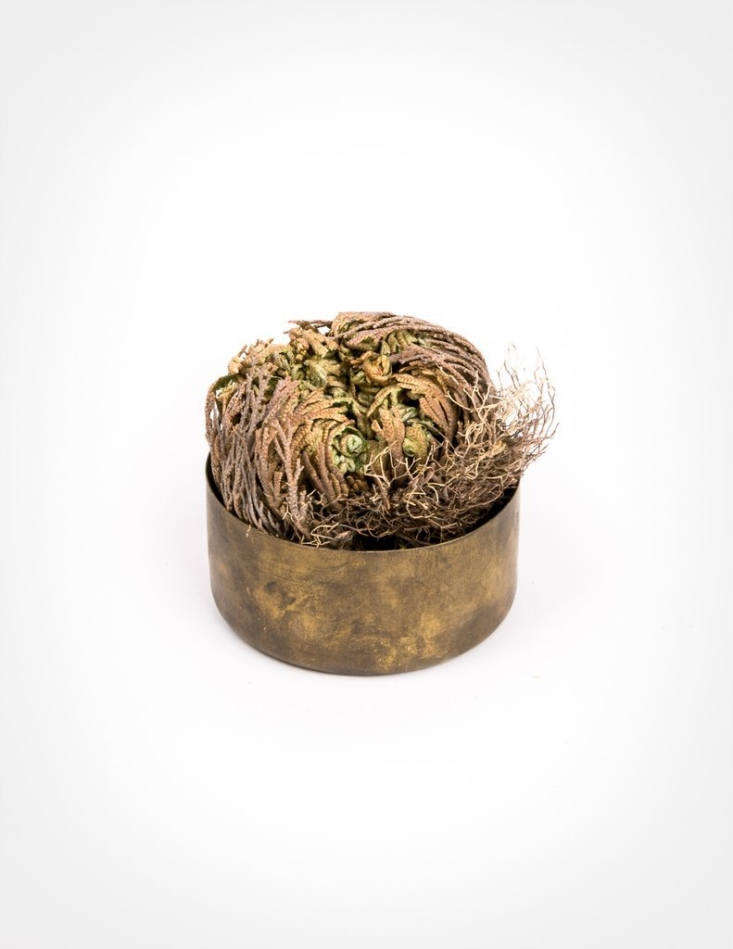Miracles do exist, at least in the garden. Allow us to introduce you to a desert plant that can revive itself even after its leaves turn brown and it shrivels up into a sad tumbleweed. Give a resurrection plant (Selaginella lepidophylla) a little water and it will exhibit the amazing ability to come back to life.
This is good news, both for gardeners who plant S. lepidophylla as a creeper or ground cover and for houseplant collectors—for once, forgetting to water a specimen will not be a fatal error.

“Selaginella lepidophylla is a botanical wonder known for its ability to seemingly come back to life again and again–even after completely drying out,” notes retailer Pistils Nursery. “We’ve hidden a crystal deep inside this mysterious desert plant. When the recipient places the resurrection plant in a dish of water, the plant will unfurl to reveal this secret surprise, and stay green and beautiful as long as it’s exposed to water. After a few days, allow the plant to dry up and repeat the process.”

Native to desert climates in Mexico and the United States, resurrection plant is a spike moss and will grow as a creeper in rock gardens in mild climates (USDA zones 8 to 10).
Don’t confuse Selaginella lepidophylla with the similar-looking plant, Anastatica hierochuntica. Known as a rose of Jericho, A. hierochuntica is native to western Asia and differs in its behavior: it will revive itself only if rooted.
Are you looking for a miracle ground cover? See more of our favorites in Ground Covers 101 in our curated Garden Design 101 guides. Read more:
- Lady’s Mantle: A Field Guide to Planting, Care & Design
- Hardscaping 101: Ground Covers to Plant Between Pavers
- Lilyturf: A Field Guide to Planting, Care & Design
- Fields of Green: 5 Favorite Lawn Substitutes
- See another favorite houseplant in Asparagus Fern: A Field Guide to Planting, Care & Design









Have a Question or Comment About This Post?
Join the conversation